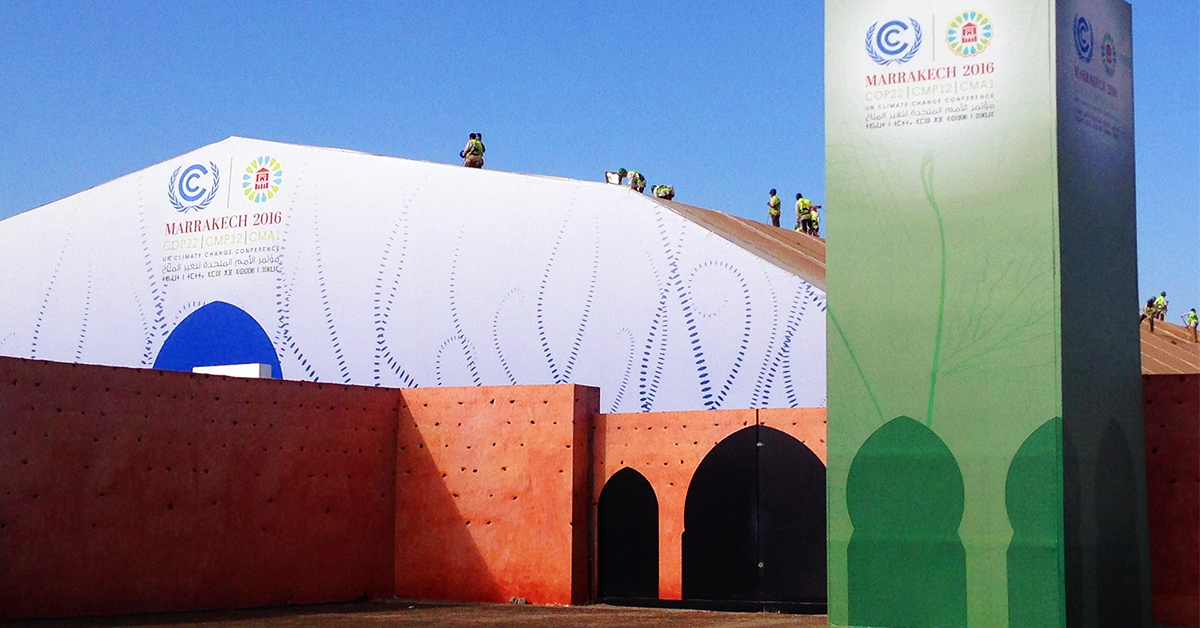
Today, representatives from 200 different countries will meet in Marrakech to kick off the COP22 climate conference. It’s the first time world leaders have met since reaching the landmark Paris Climate Agreement in December 2015 – so it’s kind of a big deal.
But what’s it all about? COP22 (also known as the 22nd session of the Conference of the Parties) is the annual meeting of the United Nations Framework Convention on Climate Change (UNFCCC) and will focus primarily on the implementation of the Paris Agreement.
But much like it’s name, the summit requires a bit of unpacking.
We’ve pulled together some key points to help you understand the significance of the COP22 summit and what to look out for as we head into the next 10 days of negotiations.
Paris: A historic achievement
The Paris Agreement entered into force last Friday 4 November, within a year of being adopted. In the world of global politics, this was historic speed! (the Kyoto Protocol took a whole 8 years…)
The agreement was able to become operational once 55 countries, representing 55% of global emissions, had ratified – which happened last month. Countries all over the world including the US, China, India, the EU and New Zealand have stepped up to ratify – although Australia is not one of them.
So what does this speedy ratification mean for Morocco? While the Paris Agreement set the framework for global action, it did not establish the “rulebook” for global cooperation. The rapid entry into force of the agreement has created some momentum – and Morocco is a perfect opportunity to speed up this process and define these rules sooner than previously expected.
Getting down to business
In one word, COP22 is about action: Now that Paris is ratified, countries meeting in Marrakech will focus primarily on the implementation of the global agreement.
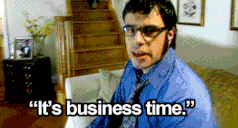
This will include discussion on:
- how countries will actually meet their commitments and reduce their emissions
- how developed countries will assist vulnerable countries to deal with the effects of climate change
- how countries can do better – developing more ambitious climate targets to ensure we actually reach the goal of staying well below a global temperature increase of 2°C above pre-industrial levels.
What’s up for debate?
The major debates will likely centre on how to measure, report and verify emissions transparently and accurately, and how to account for the inequality between developed and developing countries.
Many countries are already experiencing significant loss and damage due to natural disasters linked to climate change, and it is unclear how this will be addressed. Keep in mind that the Paris Agreement does not hold developed nations directly accountable for the climate change impacts resulting from its earlier industrialisation (a sticking point for parties like the US and EU, among others).
In Marrakech, negotiators will also have to figure out how to produce the financial aid needed to help developing countries adapt to climate change and reduce their emissions. After committing to $100 billion per year of public and private climate finance by 2020, developing countries are keen for developed nations to step up and start delivering on these financial promises.
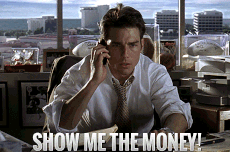
So are we getting close to solving the climate crisis?
If everyone just stuck with the commitments they made in Paris, and started implementing the right policies to achieve their targets – we’d be fine, right? Not exactly.

Scientists have recently found that if countries continued to pursue the targets they have put forward thus far, we would not even be close to keeping warming “well below 2°C.” Without developing more ambitious targets, we could experience a global temperature increase of 3°C or more, causing even more damaging storms, heatwaves and bushfires.
An official review of progress towards emissions reductions will occur in 2018, which if necessary will require countries to strengthen their national commitments to ensure the world stays on track to limit warming to 1.5-2°C.
Australia in the spotlight
Despite being one of the highest emitters per capita and among the top 20 emitters overall, Australia still hasn’t ratified the Paris Agreement – but the Morocco conference represents an opportunity to do just that.
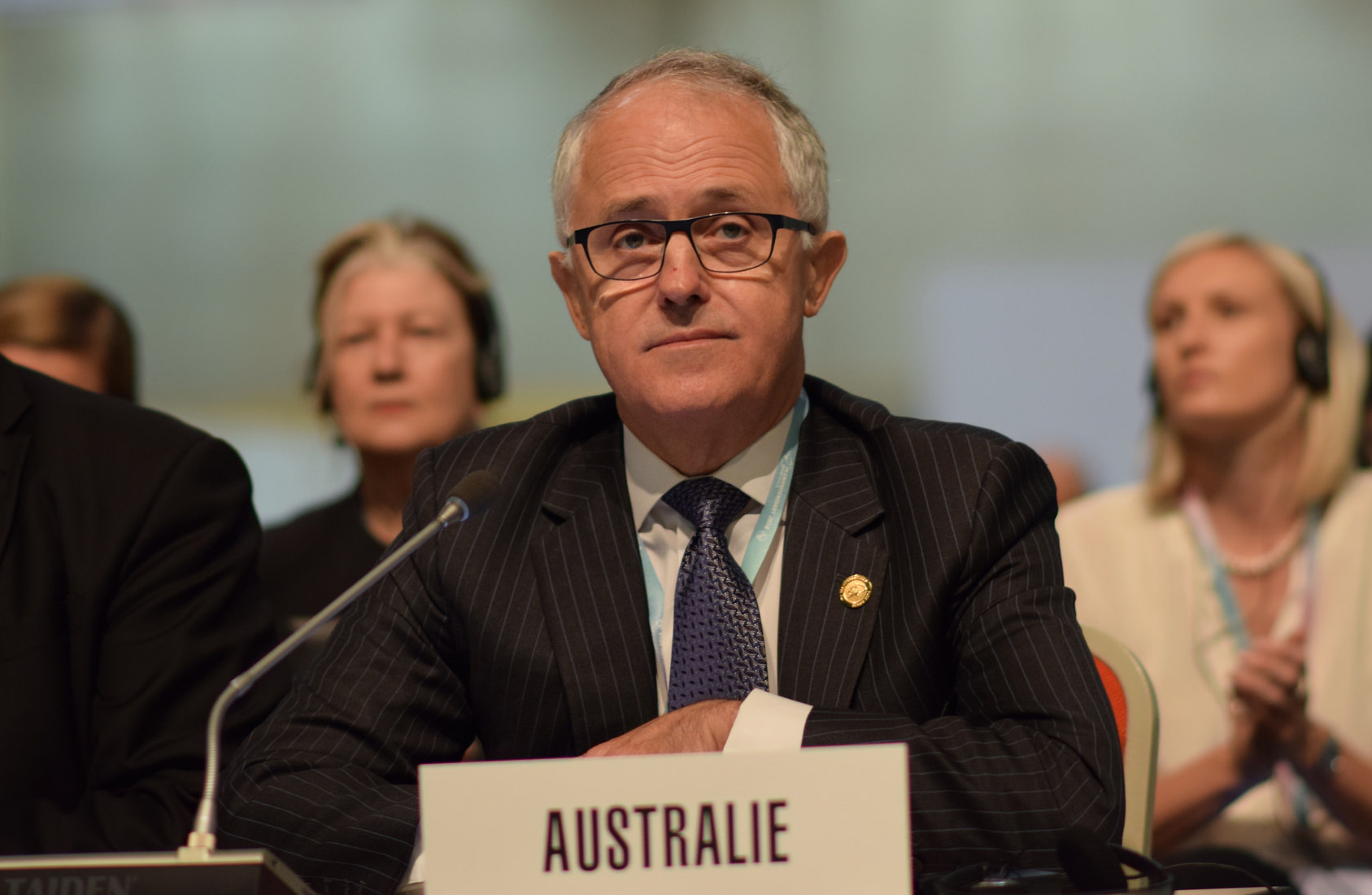
Representing Australia in Morocco will be Foreign Minister Julie Bishop and Environment Minister Josh Frydenberg, plus a delegation. Some reports are hinting that Australia may ratify the agreement before the close of the conference on 18 November, as the domestic part of the process should be complete. Until ratification, Australia is unable to formally participate in any decision-making at COP22.
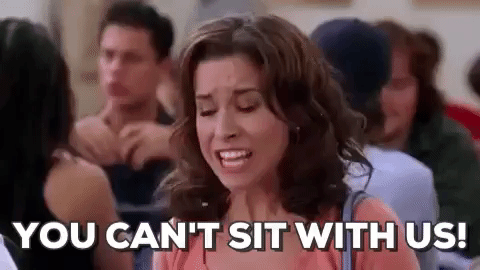
Morocco also represents a critical opportunity for Australia to strengthen its climate commitments on the world stage. Australia’s current 2030 emission reduction target (26 -28% on 2005 levels) is inadequate to limit global warming to 1.5-2°C. On top of this, Australia’s capacity to even meet this target is questionable given it relies on a number of measures yet to be implemented.
These are issues likely to be pointed out on 12 November, when Australia has its turn in the hot seat at Morocco. This is part of what’s called a “Multilateral Assessment” process established to review 2020 emissions reductions targets across different countries, and compare the impact of action taken by developed countries.
On this day, Australia will have to answer direct questions from other nations on its progress to reduce emissions. Countries including the US, China and Brazil have already put more than 30 questions to the Australian Government, focusing on how Australia is going to meet its 2030 emissions reduction target, and when it is going to release its 2030 emissions projections (last year this happened on Christmas Eve). Concerns have also been raised about a lack of transparency in how the Australian Government calculates and reports emissions, as well as the impact of its domestic policies.
The Donald vs. Hillary
There’s another big event this week you should also keep in mind: it’s the US election, in case you hadn’t noticed.
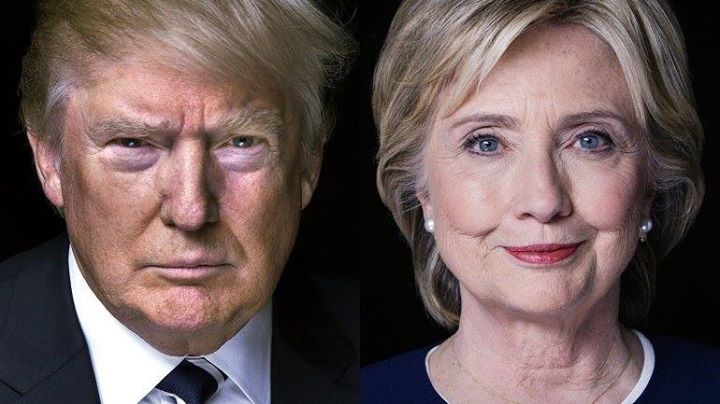
On the second day of COP22, America will choose a new president – whose willingness to follow through on the US’s commitments made in Paris could have a big impact on the success of the agreement. If Donald Trump were to be elected, he has pledged to pull the US out of the UN process on climate change and ‘cancel’ the global deal. Fortunately it is more than questionable whether a Trump administration could actually follow through with these threats, not to mention the near universal condemnation the US would receive from the rest of the world, as well as protest from within.
Either way, there are still real fears that a Trump administration would steer US policy away from the important steps needed to ensure one of the world’s top emitters can meet its climate action targets.
Stay tuned
Stay up to date on all things COP22 by watching the live webcast, or by following UNFCCC on Facebook, Twitter, Youtube and Flickr – links here. Or if you’re lucky enough to be in Morocco yourself, don’t forget there’s a long list of other great events happening alongside the conference. See the schedule of official events here, and for more information on some free events head to the COP22 website.
Why it’s so important
COP22 is taking place at a critical time, as this past year has marked some of the most severe impacts of climate change we have seen to date – from severe coral bleaching on the Great Barrier Reef, to extreme and deadly heatwaves in India and the Middle East. 2015, the year leading up to the Paris Agreement, was the hottest year on record. 2016 is virtually certain to be even hotter.
Countries will need to set firm guidelines, and increase their emissions reduction pledges made under the Paris Agreement to avoid the most dangerous impacts of climate change, and limit global temperature rise to well below 2°C.
We know what we’ve got to do in Morocco, now let’s see some action!
Image credits:
- Header image: Takver via Flickr licensed under CC BY-SA 2.0
- Show me the money: Jerry Maguire
- Business time: Flight of the Conchords
- Bill Murray: Groundhog Day
- Malcolm Turnbull: Veni via Flickr licensed under CC BY-NC 2.0
- You can’t sit with us: Mean Girls
- Donal Trump / Hillary Clinton: Rich Girard via Flickr licensed under CC BY-SA 2.0